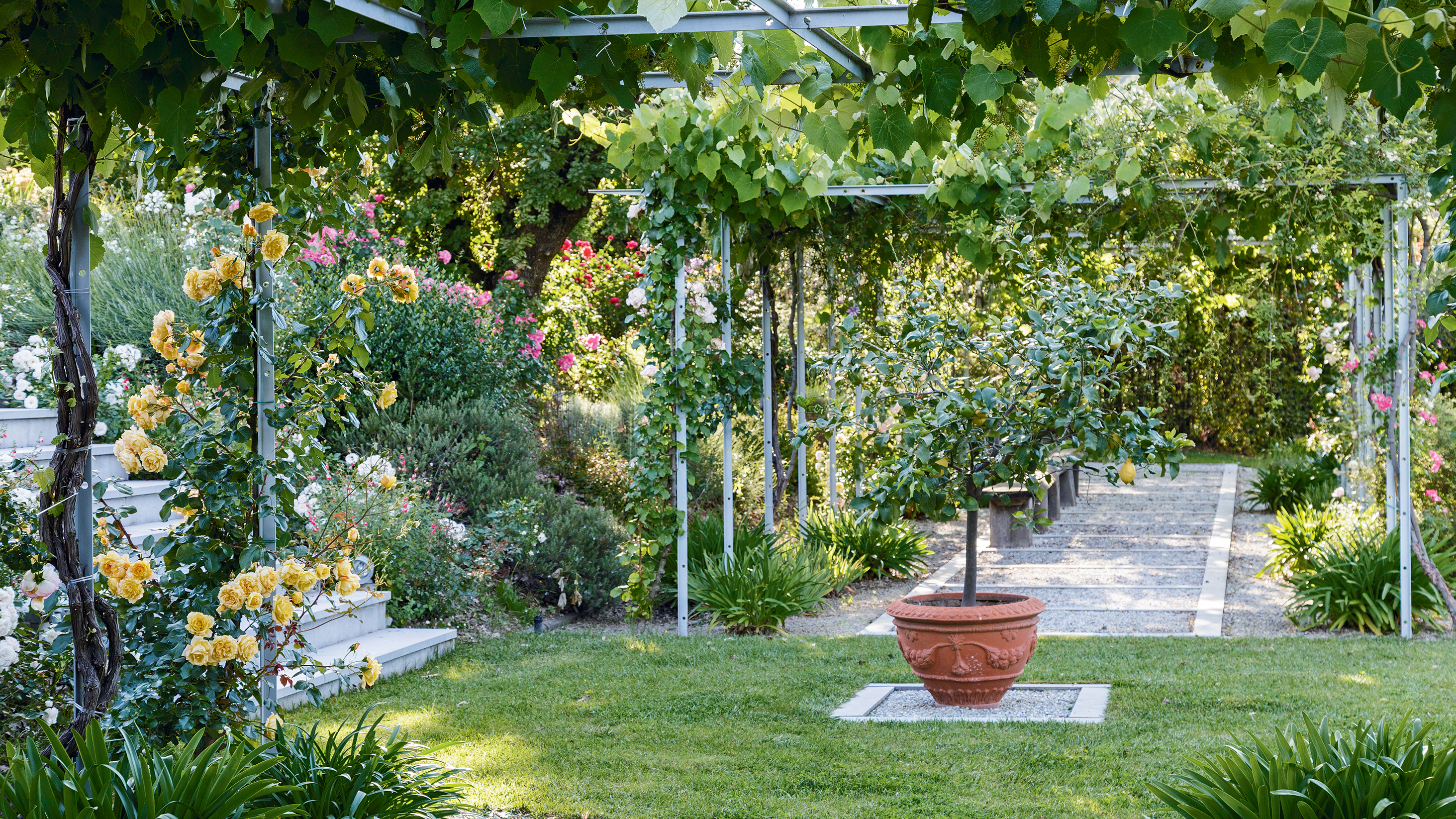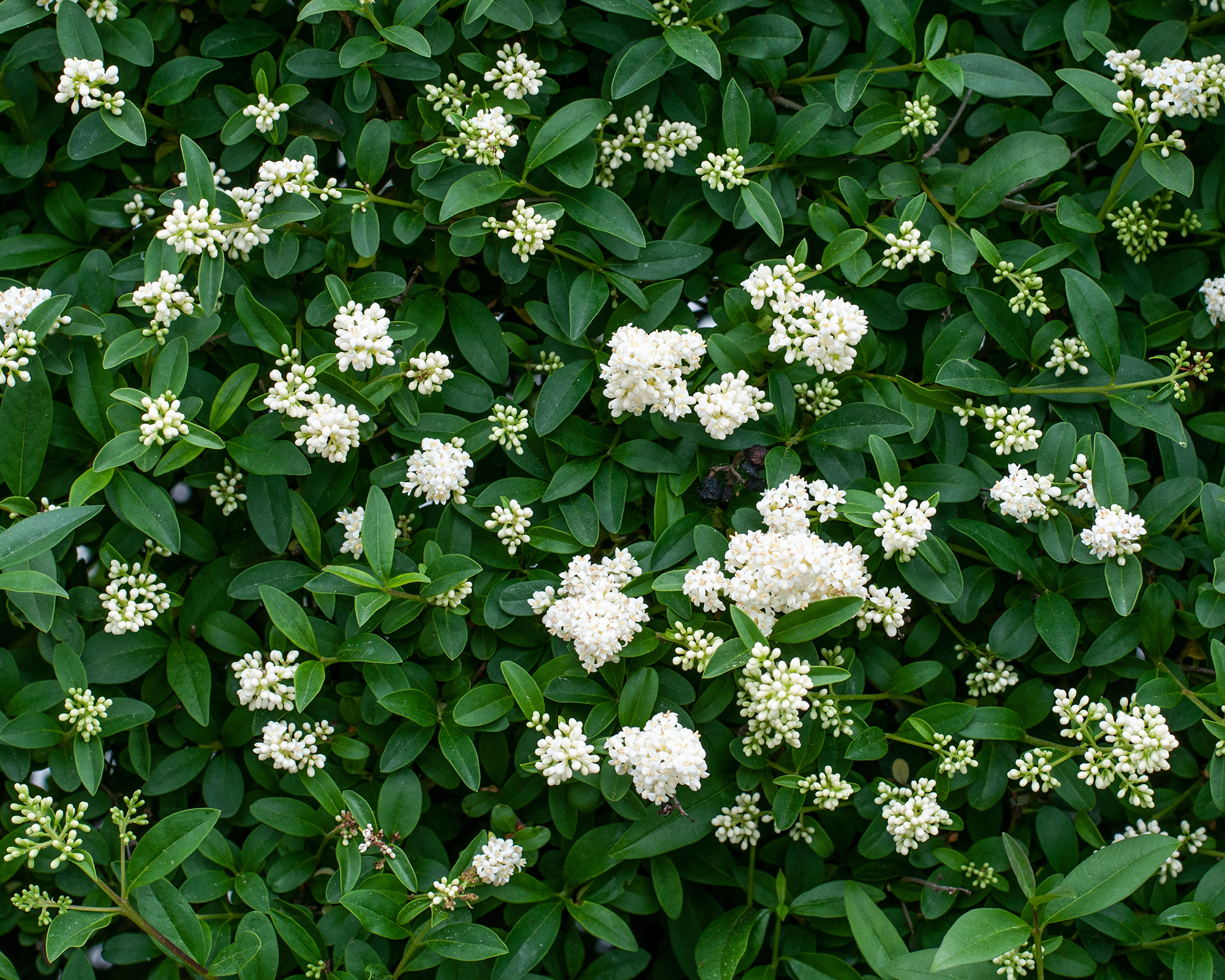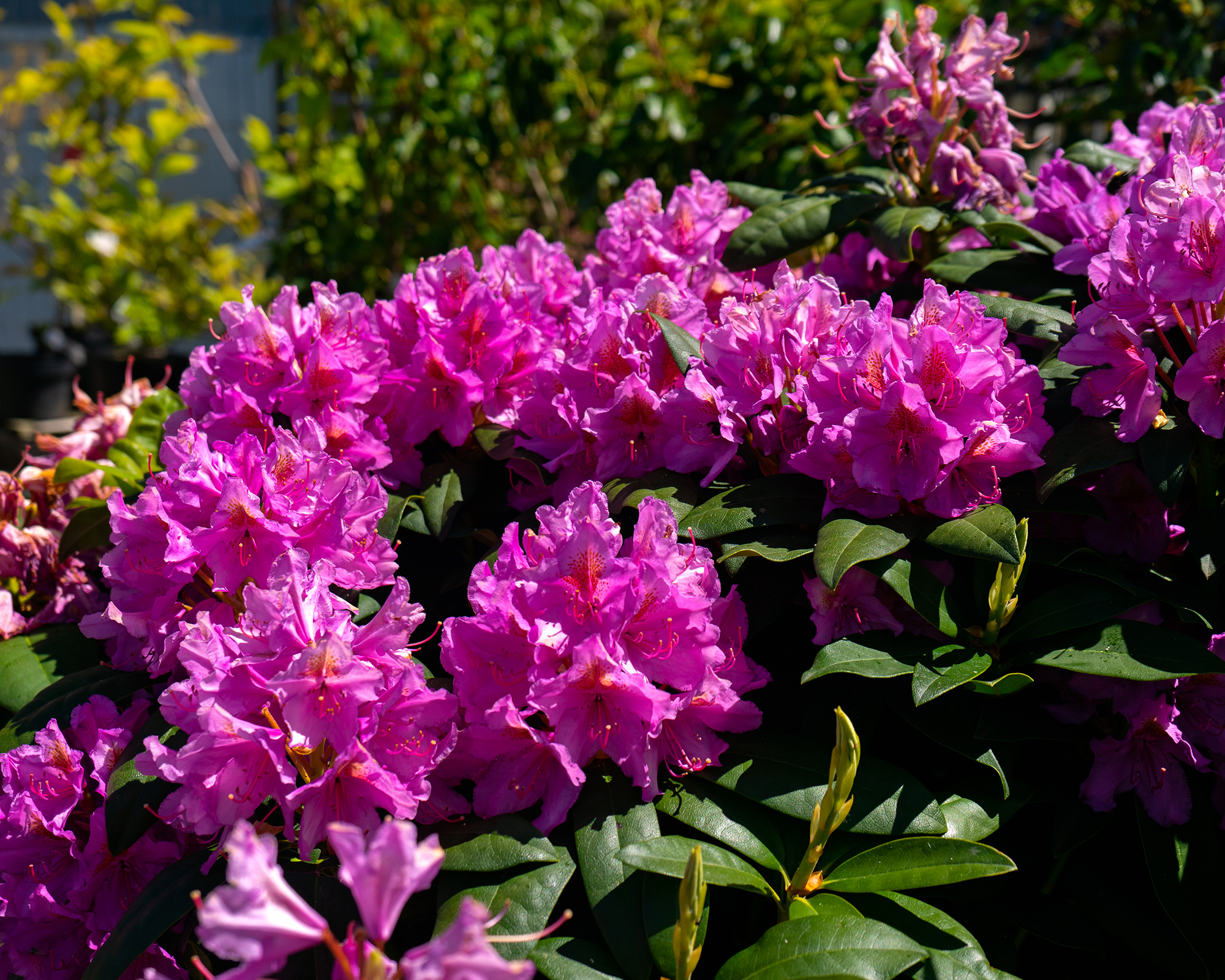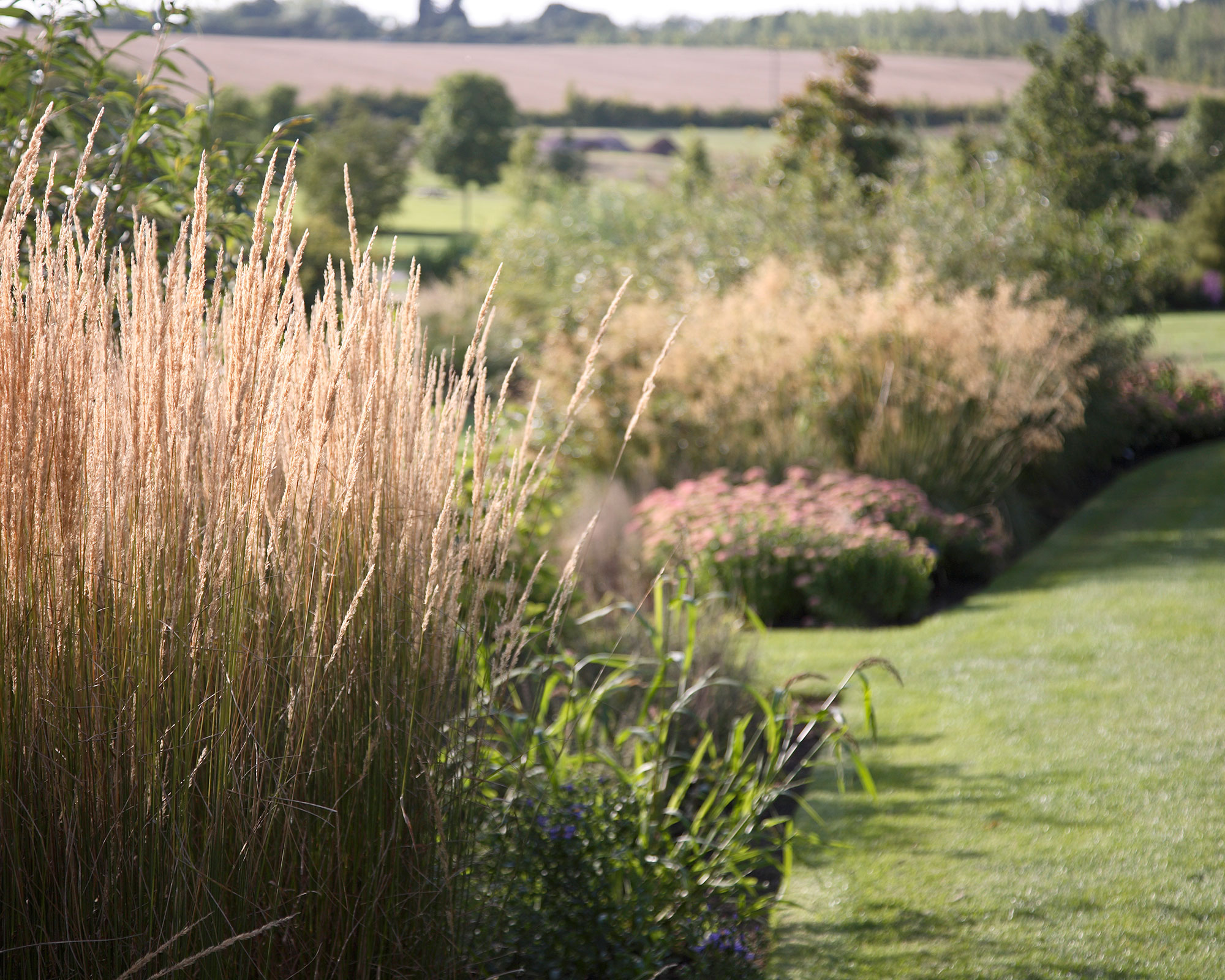The common planting mistake that could devalue your home, according to experts
Real estate experts reveal the plants you should steer clear of planting or risk making it harder to sell your home


If you’re thinking of selling your home this spring, take notice of new research which suggests that only including seasonal planting in your garden ideas – so flowers and plants which only look their best at certain times of year – could scare viewers off from making an offer.
'Garden owners should consider the plants they choose wisely,' says Samantha Richards, spokesperson for Gazeboshop. 'Selecting plants that center around one season can be damaging if the homeowner puts their home on the market at the opposite half of the year. Instead, having a mixture of shrubs and trees, with perennials that respond well to deadheading will ensure months of color.'

Annuals in pots are a quick and easy way to add color for viewings – yellow is said to attract the eye of not just bees, but buyers – so choose daffodils, marigolds, chrysanthemums, pansies – depending on the season. But avoid relying on huge beds of annuals which will need swapping out every three or four months, if you’re in a temperate zone at least.
And be aware that plants date within weeks, warns Robin Antill, director of Leisure Buildings. 'Though you may want to advertise your home in the spring when everything is in bloom, the reality is that if it doesn't sell soon, it may remain on the market throughout the year. It's essential to balance your landscaping for different seasons.'
Plants to avoid when selling a house
If you're looking to sell your home this year, experts warn against including these plants in your flower bed ideas.
1. Privet

Brady Bridges of Reside Real Estate in Fort Worth, TX, hates privet. 'The flowers are small, white and dull and only appear in summer, followed by poisonous blackberries. Also, privet grows rapidly – up to 20 ft tall – and crowds out a garden fast. This plant then prevents sunlight to enter the space as well as the garden floor.'
2. Rhododendron Ponticum, Azaleas, Mountain Laurel and Forsythia

When they’re in bloom in springtime, these shrubs look amazing, and rhododendrons are one of the best shrubs for privacy. However, as soon as the flowers start to fall, the leaves add little to most yards. And some species, including rhododendron and mountain laurel, can be very invasive if not pruned properly, and even cause structural damage and infestation.
Design expertise in your inbox – from inspiring decorating ideas and beautiful celebrity homes to practical gardening advice and shopping round-ups.
'Bushes or shrubs planted too close to the exterior siding can cause mold growth and a path for insects to enter the home,' warns Eric Mohlenhoff, a licensed home inspector at Remedy Inspections in New Jersey.
3. Green Alkanet

This delicate-looking plant is often mistaken for forget-me-not or borage with tiny blue flowers that can brighten shady areas, especially near ponds, in early summer. However, green alkanet is hugely invasive and difficult to maintain, says SC realtor Dino DiNenna at Hilton Head Realty.
'If these plants are planted near the home wall, it causes structural damage in the long run. It is also not wise to plant any weed-type plant – green alkanet has deep tap roots – that can spread rapidly and uncontrollably.'
4. Decorative grass and thirsty trees

In Las Vegas, realtor Kurt Grosse at the Realty One Group, says plants that devalue a property year-round include grass that doesn’t have an actual purpose. 'We are in a serious drought and if there is grass with only decorative use, it’s not normal and expensive to maintain.'
'Trees that require a lot of water also devalue a property,' he explains. 'Examples include Cottonwood trees and some palms. Fruit-bearing olive trees and high pollen trees often need to be removed for the same reason.'

Jayne Dowle is an award-winning freelance gardening, homes and property writer who writes about everything from swimming ponds to skyscraper apartments, for publications including Sunday Times Home, Times Bricks & Mortar, Grand Designs, House Beautiful and The Spectator. Awarded the Garden Journalist of the Year accolade at the Property Press Awards in 2021, she has a degree in English Language and Literature from the University of Oxford and a lifelong love of homes, interiors and gardens. Her first memories include planting potatoes with her grandfather and drawing houses. Her own garden - her fourth - at home in a 1920s house in Yorkshire, is south-facing and on the side of a valley. It’s a constant challenge.